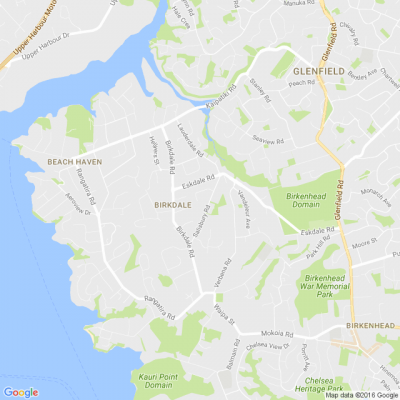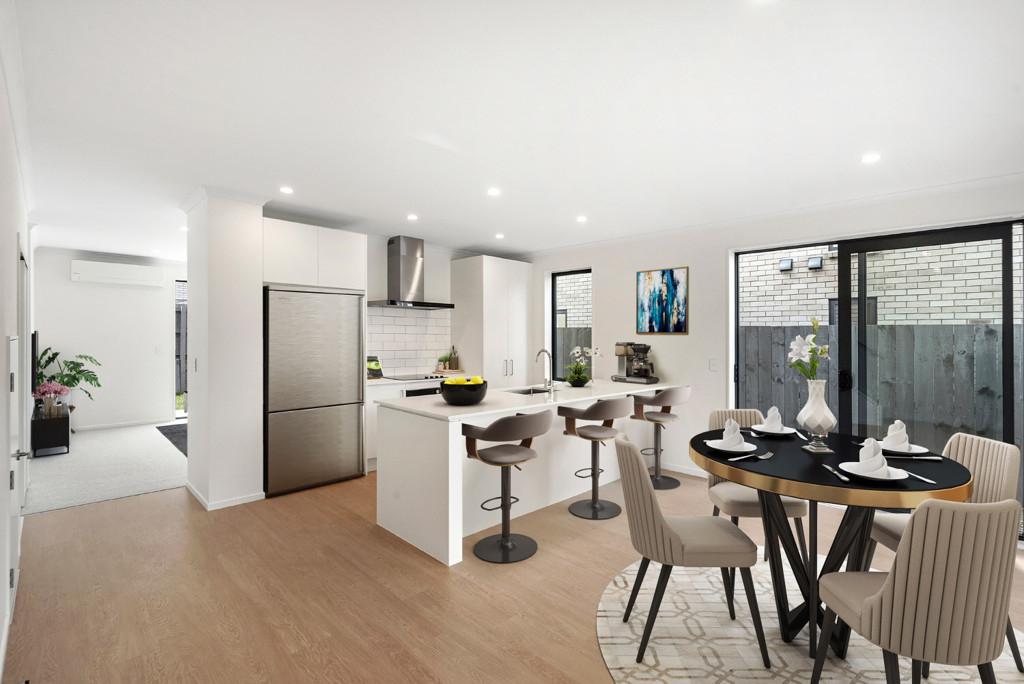Fears northern pathway will damage precious native bush
A walking and cycling pathway planned for Auckland’s North Shore could damage an ancient piece of native bush, locals fear.
They worry Waka Kotahi NZ Transport Agency’s (NZTA) plans for a pathway along Auckland’s Northern motorway may encroach into Smiths Bush, home to native trees that are hundreds of years old.
Smiths Bush borders the Northcote section of the motorway and sits in the Akoranga to Constellation section of Waka Kotahi’s greater cycleway project, which would link the North Shore into the city’s cycle networks.
Earlier this month, Waka Kotahi opened an online public consultation for this section of the Northern Pathway.
A Waka Kotahi spokesperson says the consultation, which closed on Sunday, was an important step before finalising designs.
Among more than 70 concerned comments on the potential impact on the bush, one local posted: “Smiths Bush is one of the six ancient forests to explore in Auckland. Nothing against the cycle way, but definitely it should 'respect' the forest.”
Another wrote: “Please save Smiths Bush. It’s already been decimated in the past.”
Many have posted to urge Waka Kotahi to consider re-routeing the section of the cycleway to avoid damaging the bush.
Deputy chairperson of the Devonport-Takapuna Local Board George Wood agrees.
The 73-year-old former mayor of North Shore City says the cycleway should be done in a way that doesn’t impact Smiths Bush.
“It would be a travesty if NZTA decided to hack into this bush as happened in the 1960s,” he says, recalling the construction of the motorway that cut through the bush.
Forest and Bird North Shore committee member Richard Hursthouse says the organisation is opposed to any encroachment on Smiths Bush, including the small trees lining the edge of the motorway.
“They form an edge to the bush and protect the inner bush . . . if you remove those small trees, then the bush is exposed.”
He says Forest and Bird supports cycleways, but not at the expense of the environment.
Chairperson of the Kaipātiki Local Board John Gillon says now is a good chance to raise environmental concerns so they can be dealt with earlier, rather than later.
Leader of Bike Auckland Duncan Laidlaw says the group is interested in the transport connections and health benefits that the cycleway would offer, but also wouldn’t want to see trees removed in the process.
Mr Laidlaw says cycleways are important as a low-cost travel option.
“[They] provide people with transport sources when their social-economic circumstances doesn’t allow other forms of transport.”
A Waka Kotahi spokesperson says community feedback will be taken into account, and that attitudes towards balancing infrastructure and environmental needs have changed since the building of the motorway in the 1950s.
“Waka Kotahi is concerned to protect local environment. Our approach is to leave the place in a better state than where we started . . . it’s certainly the way we approach things these days.”
According to Waka Kotahi, public consultation for the Northern Pathway’s Westhaven to Akoranga section that happened during lockdown showed 78% positive responses.
Lucy Xia - AUT
What workplace change would you like to see most?
This coming Monday is Labour Day in New Zealand. This public holiday marks when the eight-hour workday and 48-hour workweek became law in 1899. The idea started with Samuel Parnell, a carpenter in Wellington, who in 1840 refused to work more than eight hours a day. Since skilled workers were in short supply, his employer had to agree.
As more skilled workers arrived, employers tried to change working conditions, but Parnell and others kept pushing for better rights. In 1890, Parnell led a Labour Day parade of 1,500 people to promote the eight-hour day. He passed away shortly after, and nine years later, Labour Day became an official public holiday.
Do you feel that we have reached the ideal in working environments yet? What rights are you passionate about relating to employment? Share your thoughts!

Real Estate
What is your home worth in today's market?
Click here to request a FREE Home Value Report:
Want to know how much your home is worth? Find out now! homeasap.com...
#sellers #homevalue #sellmyhouse #sellmyhome #sellerswanted #salespriceestimate
Six tips for improving security around your home
1) Improve outdoor lighting
Ensure that streets, driveways, and front yards are well-lit. Motion-sensor lights around homes deter trespassers by reducing hiding spots and illuminating their movements.
2) Trim your trees
Overgrown shrubs and trees provide cover for intruders. Keeping them well-trimmed around windows and doors improves visibility and reduces potential hiding spots.
3) Secure Entry Points
Ensure doors, windows, and gates are always closed when you are away from the house. Upgrade to more secure locks, deadbolts, or even smart locks for added protection.
4) Add a security camera
Place security cameras in the main entry points to your home. Doorbell cameras are also relatively cheap and a great way to keep track of who is visiting your home when you aren't there.
5) Start a Neighborhood Watch Program
You could reach out to members on Neighbourly to form a group of neighbors who can regularly keep an eye out for suspicious activity and report it. You could also check with Neighbourhood Support to see what is existing in your area.
6) Introduce yourself to your neighbours
The closer you are to your neighbors, the more likely they’ll notice when something unusual or suspicious is happening around your property
Feel free to share anything that you do around your area to deter crime.











 Loading…
Loading…


















